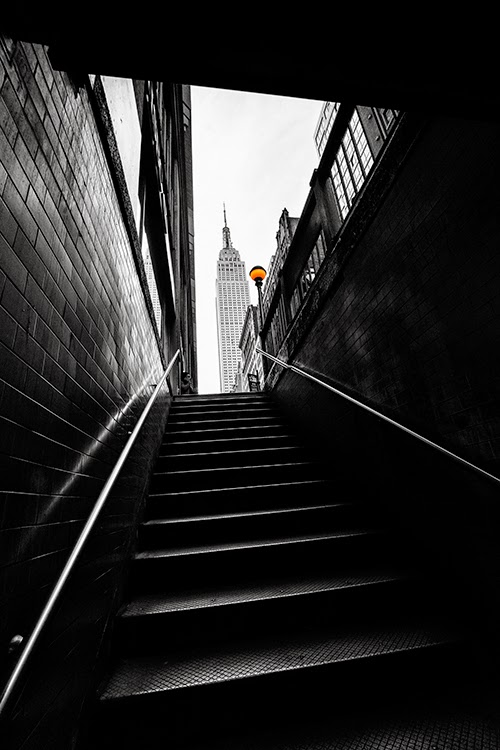In addition to running her own successful lifestyle photography studio,
Jamie Grill Photography, my daughter, Jamie, also produces an almost daily blog called,
Chasing Saturday's, with her blogging partner, Marisa. The two of them keep creating recipes aimed at making Saturday a week long event. Running a blog like this requires a lot of photography, and doing it frequently means no time to dawdle -- get in, set up, get the shots, get out. A workflow like this is best served by having a simplified routine for producing quality images.
The photos are taken mostly in a daylight studio or at home. With no lights to manage except for an occasional tungsten accent lamp, window light is one key to keeping things simple. In the studio, Jamie works with one camera, a Nikon D4, and one lens, a Nikon 24-70mm f/2.8 used fairly wide open. At home she relies mostly on a Nikon D5300 with a 35mm lens, and sometimes a 60mm for tighter close-ups. With the equipment needs kept to a minimum Jamie and Marisa can concentrate on the image concept, propping, and composition.
A by-product of all this blog photography is that Jamie can add the images to her successful stock photo collection, which helps to ammortize the time and expense of running the blog.


















































